by Lisa Cooke | Jul 13, 2014 | 01 What's New, Google
How can you keep up with new online information on your family history that may appear at any moment? You can’t, unless you run constant searches on your web browser, and who’s got time for that? Google does! And it accomplish that incredible search feat for you through Google Alerts.

Google Alerts is like having your own virtual research assistant! When you key in your favorite searches, Google Alerts will automatically email you when there are new Google results for your search terms.
How to Create a Google Alert for Genealogy
1. Go to www.google.com/alerts.
2. Sign in to your Google account (or create one).
3. The first time you create an alert, click where it says, “You don’t have any Google Alerts. Try creating one.” Fill in the screen that pops up:
4. Type in your search query. In the example above, I’ve entered my specific search: “Larson” “Winthrop” Minnesota.
5. Make selections to further refine your search alert:
- The type of content you’re looking for: news, blogs, videos, discussions, books or everything.
- How often you want to receive the alerts by email.
- The type of results you want to get. You may want to receive all results, not just the best results which will give you an opportunity to see how your search does. You can always change settings later.
6. Enter the email address where you want the alert emails to be delivered. Google will alert you to new content when it is posted on the Web.
Resources for Getting the Most Out of Using Google Alerts
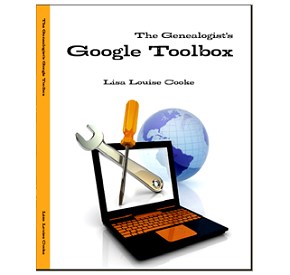
Learn more about how to conduct effective Google searches for genealogy research, Google Alerts for genealogy, and more in my book The Genealogist’s Google Toolbox, Second Edition. This fully-revised 2015 edition is packed with strategies that will dramatically improve your ability to find your family history online!
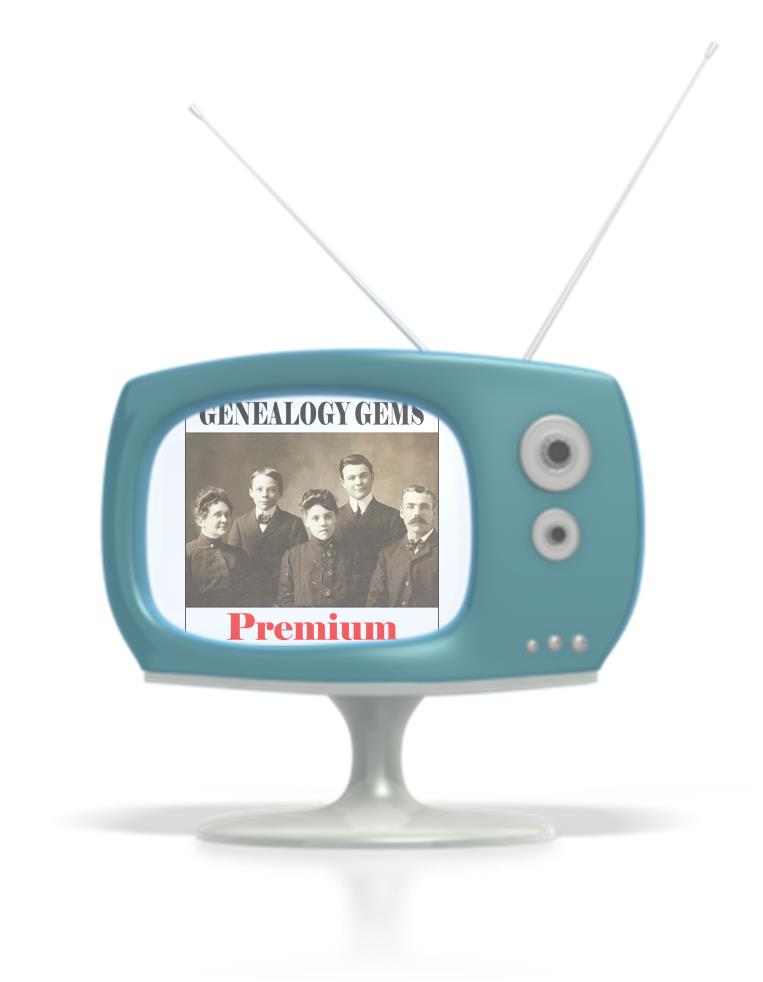 Genealogy Gems Premium Members can also watch my full length Google search video classes:
Genealogy Gems Premium Members can also watch my full length Google search video classes:
- Common Surname Search Secrets
- Ultimate Google Search Strategies
- Digging Deeper into Web Sites with Google Site Search
See the complete list of Premium video classes here.
Learn more about Genealogy Gems Premium Membership here!
by Lisa Cooke | Jan 27, 2015 | 01 What's New, History, Kids, School Records
In years past, a five-hour graduation exam was required for eighth graders (around 13 years old) in many U.S. states. It made me wonder: are questions they asked still relevant today? How well would we score? Are we smarter than an 8th grader from 120 years ago?
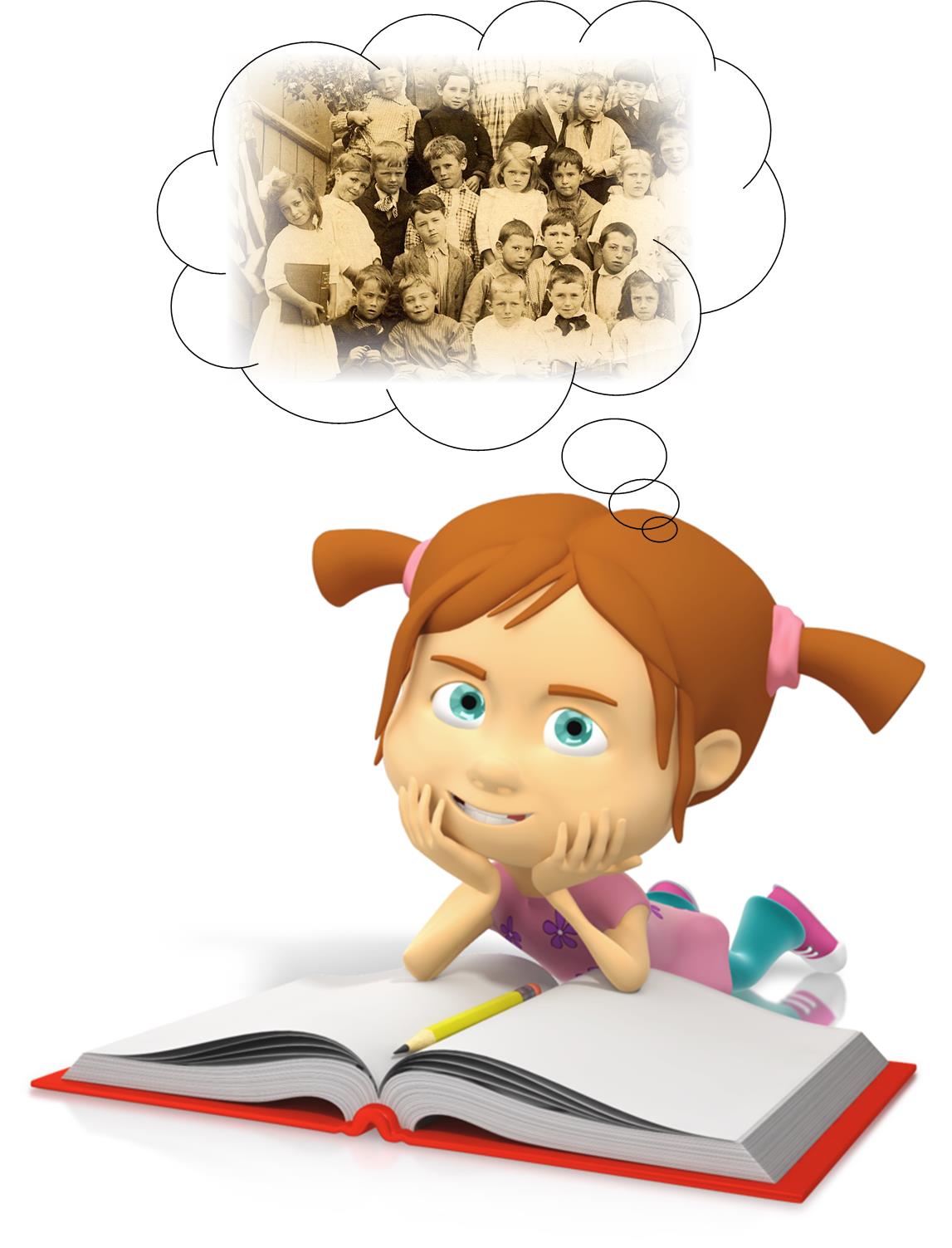
A copy of an 1895 graduation exam from Kansas has become famous since being circulated online. We tracked down the original exam at the Smoky Valley Genealogical Society in Salina, Kansas.
Here’s the Geography part of the exam, which took an hour (taken from a transcription at the above website):
1. What is climate? Upon what does climate depend?
2. How do you account for the extremes of climate in Kansas?
3. Of what use are rivers? Of what use is the ocean?
4. Describe the mountains of N.A. [presumably North America]
5. Name and describe the following: Monrovia, Odessa, Denver, Manitoba, Hecla, Yukon, St. Helena, Juan Fernandez, Aspinwall, and Orinoco.
6. Name and locate the principal trade centers of the U.S.
7. Name all the republics of Europe and give capital of each.
8. Why is the Atlantic Coast colder than the Pacific in the same latitude?
9. Describe the process by which the water of the ocean returns to the sources of rivers.
10. Describe the movements of the earth. Give inclination of the earth.
The Smoky Valley Genealogical Society has posted a copy of the original exam, along with links to the answers, at the above link. Their site also comments, “Many people forget that Kansas is an agricultural state. 8th grade was as far as many children went in school at that time. It was unusual for children to attend either a high school or a normal school because they were needed on the family farms.”
Wonder how each of our forebears would do on it? Consider following up on an ancestor’s level of education (like from a census entry) by finding a copy of a textbook, exam or another document showing the kinds of things they would have learned? The free Google Books is a great place to start! I devote an entire chapter to Google Books in the brand new Second Edition of my book The Genealogist’s Google Toolbox.
Learn more about researching your ancestor’s education here at Genealogy Gems:
Genealogy Gems Premium Podcast Episode 98 answers a listener’s question about finding Yearbooks. Sign in to your membership to listen, or become a member today.
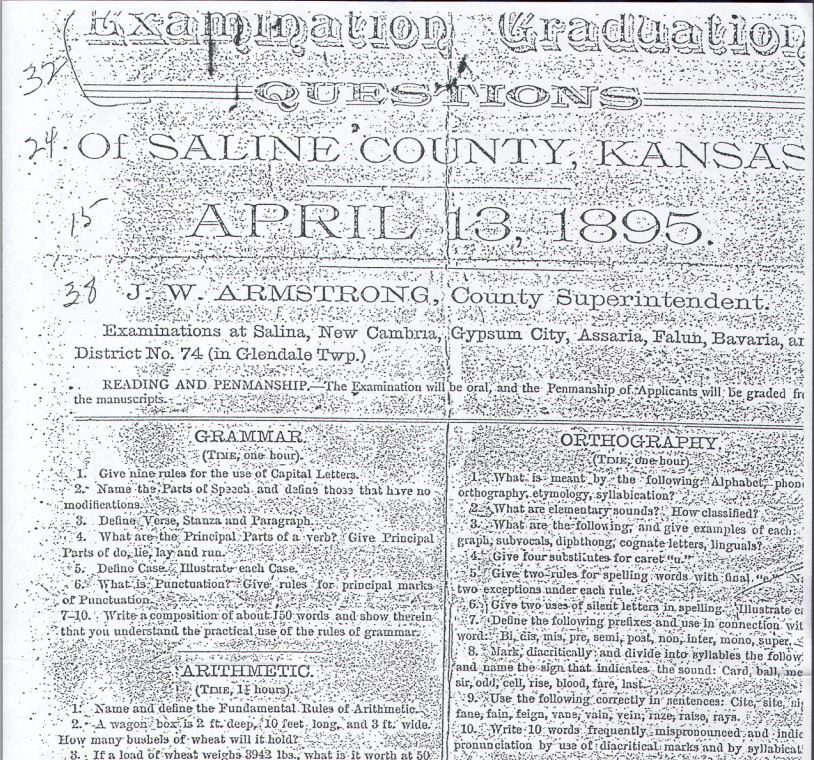
Image taken from exam posted by the Smoky Valley Genealogical Society, Salina, KS, http://www.rootsweb.ancestry.com/~kssvgs/school/exam1895/8th_exam_orig.pdf.
You’ll never look at “8th Grade Education” in a genealogical document the same way again!
by Lisa Cooke | Nov 24, 2015 | 01 What's New, British, DNA, Irish, Listeners & Readers
Are your DNA ethnicity results exciting, confusing, inconsistent, exasperating…or all of the above?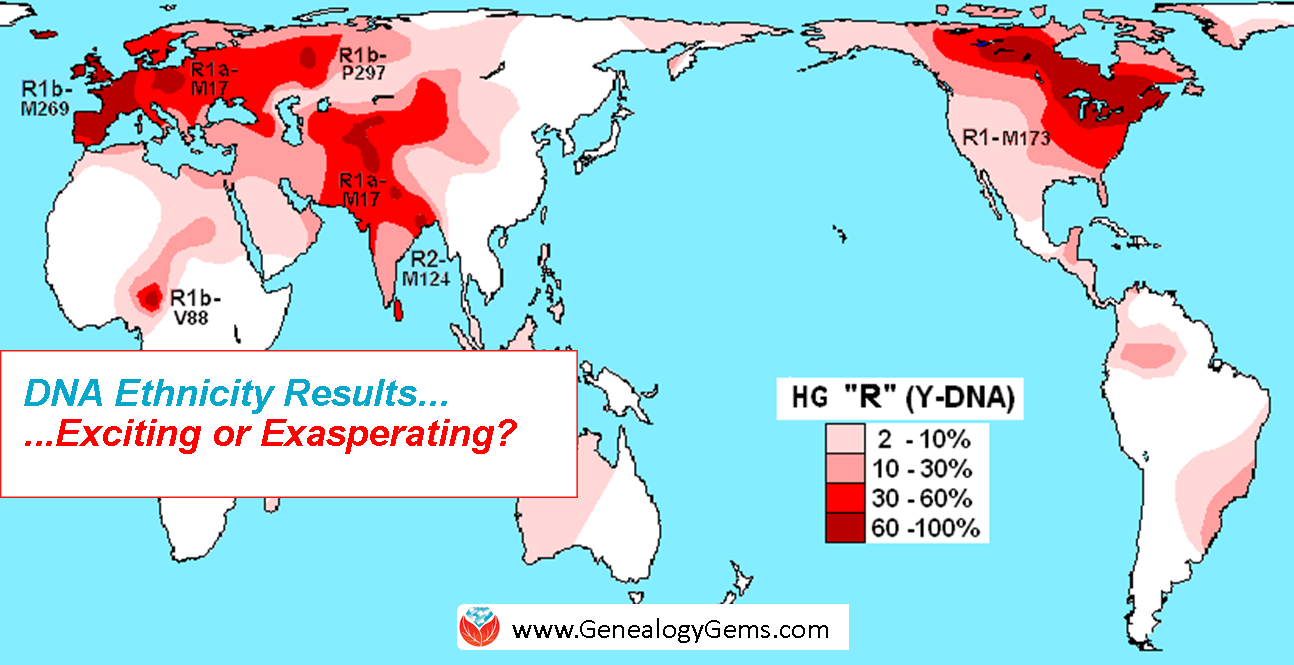
Recently Kate expressed on the Genealogy Gems Facebook page her frustration with her ethnicity results provided by AncestryDNA. She gets right to the point when she writes, “the way they refer to the results is confusing.”
Kate, you are not alone. Many genealogists have been lured into taking the autosomal DNA test at one of the three major DNA testing companies just to get this glimpse into their past. Remember that the autosomal DNA test can reveal information about both your mother’s side and your father’s side of your family tree. Many take the test hoping for confirmation of a particular ancestral heritage, others are just curious to see what the results will show. Though their purposes in initiating the testing may vary, the feeling of bewilderment and befuddlement upon receiving the results is fairly universal.
Kate has some specific questions about her results that I think most will share. Let’s take a look at a couple of them. First up, Kate wants to know if our family tree data in any way influences the ethnicity results provided. The answer is an unequivocal “no.” None of the testing companies look at your family tree in any way when determining your ethnicity results. However, the results are dependent on the family trees of the reference population. The reference populations are large numbers of people whose DNA has been tested and THEIR family history has been documented for many generations in that region. The testing companies compare your DNA to theirs and that’s how they assign you to an ethnicity (and place of ancestral origin?).
Next Kate asks, “Do they mean England when they report Great Britain?” Or to put it more broadly, how do these testing companies decide to divide up the world? All of the companies handle this a little bit differently. Let’s look at Ancestry as an example. When you login to view your ethnicity results, you can click on the “show all regions” box below your results to get a list of all of the possible categories that your DNA could be placed in. These 26 categories include nine African regions, Native American, three Asian regions, eight European regions, two Pacific Island regions, two West Asian regions, and then Jewish, which is not a region, per se, but a genetically distinct group.
Clicking on each individual location in the left sidebar will bring up more information on the right about that region. For example, clicking on Great Britain tells us that DNA associated with this region is primarily found in England, Scotland, and Wales, but is also found in Ireland, France, Germany, Denmark, Belgium, Netherlands, Switzerland, Austria, and Italy. Basically, this is telling us that people with generations of ancestry in Great Britain are quite a genetic mix from many areas.
The first chart here shows that if we are to test the DNA of 100 natives of one of these primary regions (England, Scotland or Wales) then 50 of them willhave the great Britain “pattern” of DNA covering 60% or more of their entire genome, and 50 of them will have that pattern in less than 60% of their DNA. The fact that this half-way number is so low, only 60%, tells us that there is a lot of uncertainty in this ethnicity estimate because there is so much mixture in this region. Kate, for you that means that when you see Great Britain in your ethnicity estimate, it could mean England, or maybe it means Italy- Ancestry can’t be certain.

But that uncertainty isn’t the same for every region. Pictured here is also the ethnicity chart for Ireland. You can see that half the people who are native to Ireland will have 95% or more Irish DNA. Kate, for us this means that if you have Irish DNA in your results, you can be pretty certain it came from Ireland. From these tables you can see your membership in some regions is more robust than others, and Ancestry is using these tables to try to help us tell the difference.
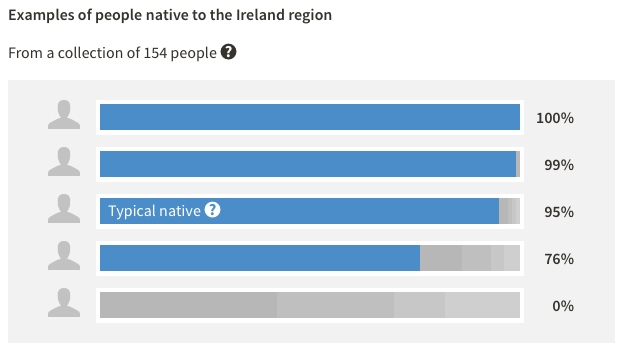
In the end, the ethnicity results reported by each DNA testing company are highly dependent on two factors: the reference populations they use to compare your DNA against, and the statistical algorithms they use to compute your similarities to these populations. Every company is doing both of these things just a little bit differently.
Kate, if you want to get another take on your ethnicity results, you can take your data over to Family Tree DNA, or you can be tested at 23andMe. A free option is to head over to Gedmatch and try out their various ethnicity tools. If you need help downloading and transferring, you can head over to my website: http://www.yourdnaguide.com/transferring. Most people have found after searching in multiple places that their “true” results are probably somewhere in the middle.
While these ethnicity results can be interesting and useful, for most they will just be a novelty; something interesting and exciting. I have found that their most useful application is acting like a fly on a fishing line. They attract our family members into DNA testing where we can then set the hook on the real goal: family history.
If you’re ready to bait your own hook, I recommend you check out my series of DNA quick guides. These guides will help you choose the right DNA tests for your genetic genealogy questions. You’ll become a smart shopper, more prepared to choose the testing company that’s right for you. And you’ll be prepared to maximize your results from each company, rather than look at them blankly and wondered what the heck you just spent that money on. Click here to see all my DNA guides: I recommend the value-priced bundle!
Disclosure: This article contains affiliate links and Genealogy Gems will be compensated if you make a purchase after clicking on these links (at no additional cost to you). Thank you for supporting Genealogy Gems!
by | Feb 3, 2014 | 01 What's New, Google, Photographs
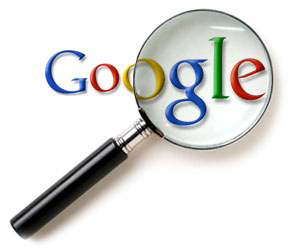 Do you have old pictures but aren’t sure where they were taken? Sometimes Google Earth has the answer. Check out this question from podcast listener Dennis:
Do you have old pictures but aren’t sure where they were taken? Sometimes Google Earth has the answer. Check out this question from podcast listener Dennis:
Q: “I am scanning slides from my only trip to my ancestor’s home in rural Germany and don’t recall the names or locations of a few people. The clue hear is ‘slides’. They were taken in 1986! I have a question regarding something I thought I heard on one of your podcasts regarding identifying a building via a picture that is uploaded to a web site. Can you give me some help with this?”
A: Yes! On my website, I offer a FREE video in which I demonstrate how to identify a building in an old photo using Google Earth. You can watch the free video by going to www.GenealogyGems.com, hover your mouse over VIDEO, and click on Google Earth for Genealogy in the drop down menu.
Another option is to use the free Google app on your smart phone or tablet. Open the app, tap in the search box, tap the Camera icon, and take a photo of the photo you have that contains the building you want to identify. (This works best with more well known locations.) It’s a long shot, but you never know – Google just may be able to identify it.
 Good luck, Dennis–and all the rest of you out there who are puzzling over how to identify old photos’ locations.
Good luck, Dennis–and all the rest of you out there who are puzzling over how to identify old photos’ locations.
Find more tips on using Google Earth for Genealogy in my popular Google Earth for Genealogy 2-Disk Bundle. The free video is just the beginning of what you can do with Google Earth!


 Genealogy Gems Premium Members can also watch my full length Google search video classes:
Genealogy Gems Premium Members can also watch my full length Google search video classes:







